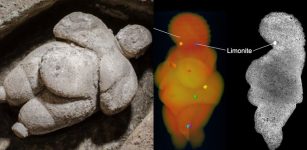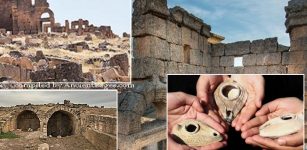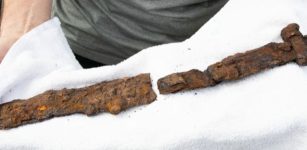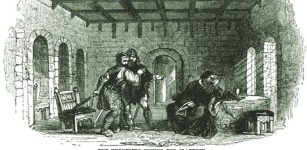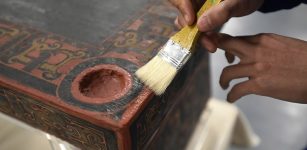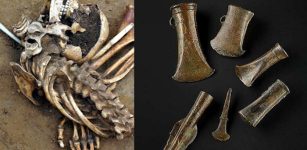2000-Year-Old Room With Frescoes Discovered In Central Rome, Italy
AncientPages.com - A 2000-year-old room plastered with frescoes was accidentally discovered during routine roadworks to install a gas pipeline under a busy street in central Rome, Italy.
The find was made in the middle of November, when workmen started to dig a hole for the pipeline in Via Alfonso Lamora.
As they began to remove pieces of earth from the road, a large chasm opened up in the road extending down into the dark, four meters below.
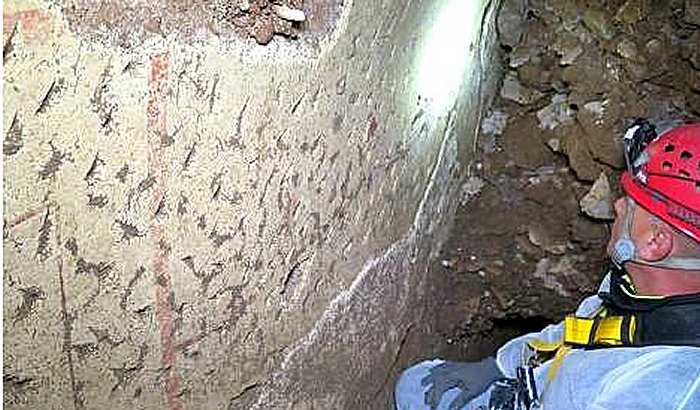
A 2000-year old frescoed room has been discovered under a busy Roman street. Photo:Archaeological Superintendency Rome
At first, the workmen thought it was an ordinary sinkhole and called in speleologists - or cave experts - to investigate. However, when the experts reached the bottom of the large cavern they were surprised to find themselves standing in the frescoed room of a once luxurious Roman home.
The partial discovery of the room has excited archaeologists who have dated the find to the first century AD, based on the depth at which it was found and the pictures speleologists took of the frescoes.
“Finding a room under the street is rare,” the archaeologist responsible for the newly discovered site, Mirella Serlorenzi, told The Local.
“We do get archaeological finds from between 60 and 50 percent of all roadworks though."
The area around the site once belonged to the luxurious Emperor's gardens known as the Horti Lamiani (Lamian Gardens), which is the place where Julius Ceasar was partially cremated and buried.
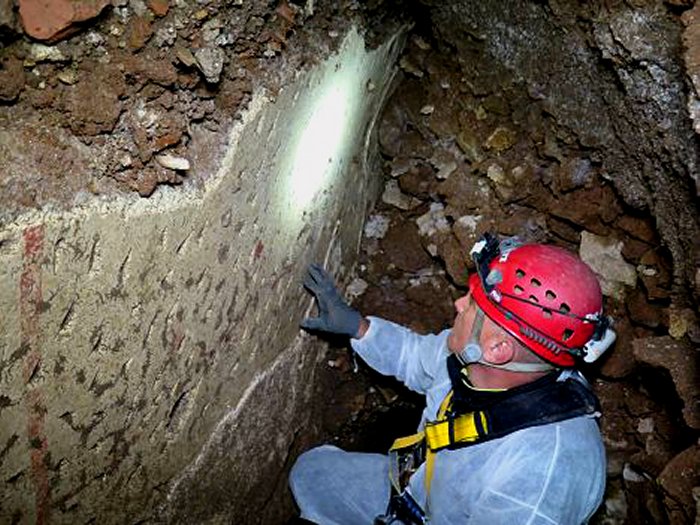
In the first century AD the area comprised a complex of luxurious villas, gardens and pavilions. Archaeologists are hoping the new find will prove to be of considerable historical interest.
The Horti Lamiani were a set of gardens located atop the Esquiline Hill in Rome, in the area around the present Piazza Vittorio Emanuele. They were based on the gardens of the consul Lucius Aelius Lamia, a friend of Tiberius, and the Horti Lamiani soon (based on the time of Caligula) became part of the imperial property.
“Digs took place in the area of the Horti Lamiani at the beginning of the 1900s during some building work," explained Serlorenzi. "They turned up many incredible statues and sculptures which you can find in the city's museums today."
"Obviously, we have very few details at the moment but we know about the area and these finds can now be fully investigated,” she added.
This is not the only exciting find in the capital this year: a perfectly preserved example of a Roman domus was unearthed under the city center in September.
While such finds may be exciting for history buffs and archaeologists, their frequency poses a headache to archaeologists who need to find a way of performing digs while letting roadworks – not to mention busy Roman life – continue around them.
“Blocking the traffic in a busy Roman street around Christmas isn't really ideal,” Serlorenzi lamented.
“But by now we Roman archaeologists are used to working as quickly as possible.”
AncientPages.com
source: The Local
Wikipedia



